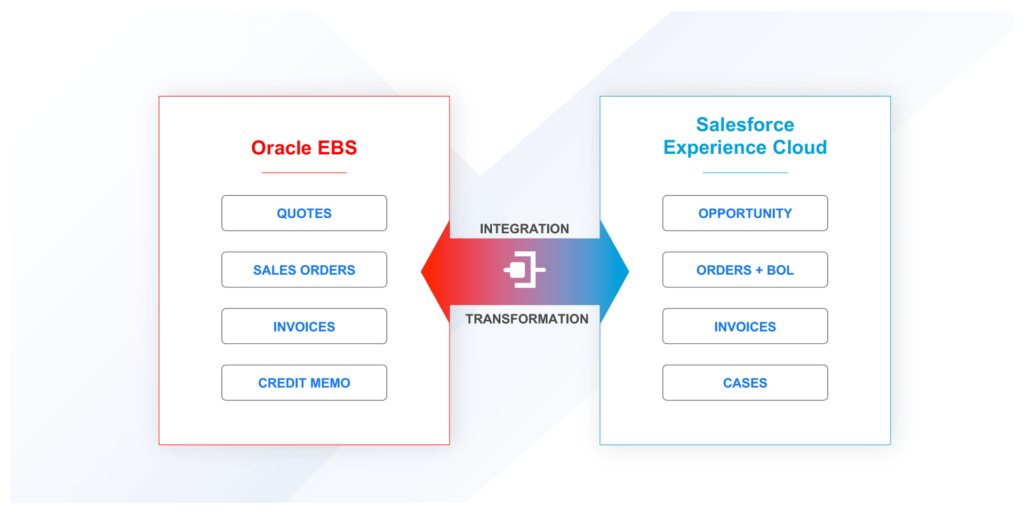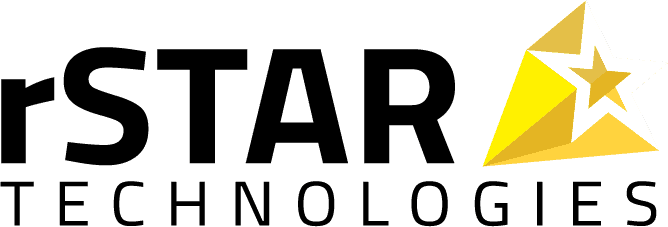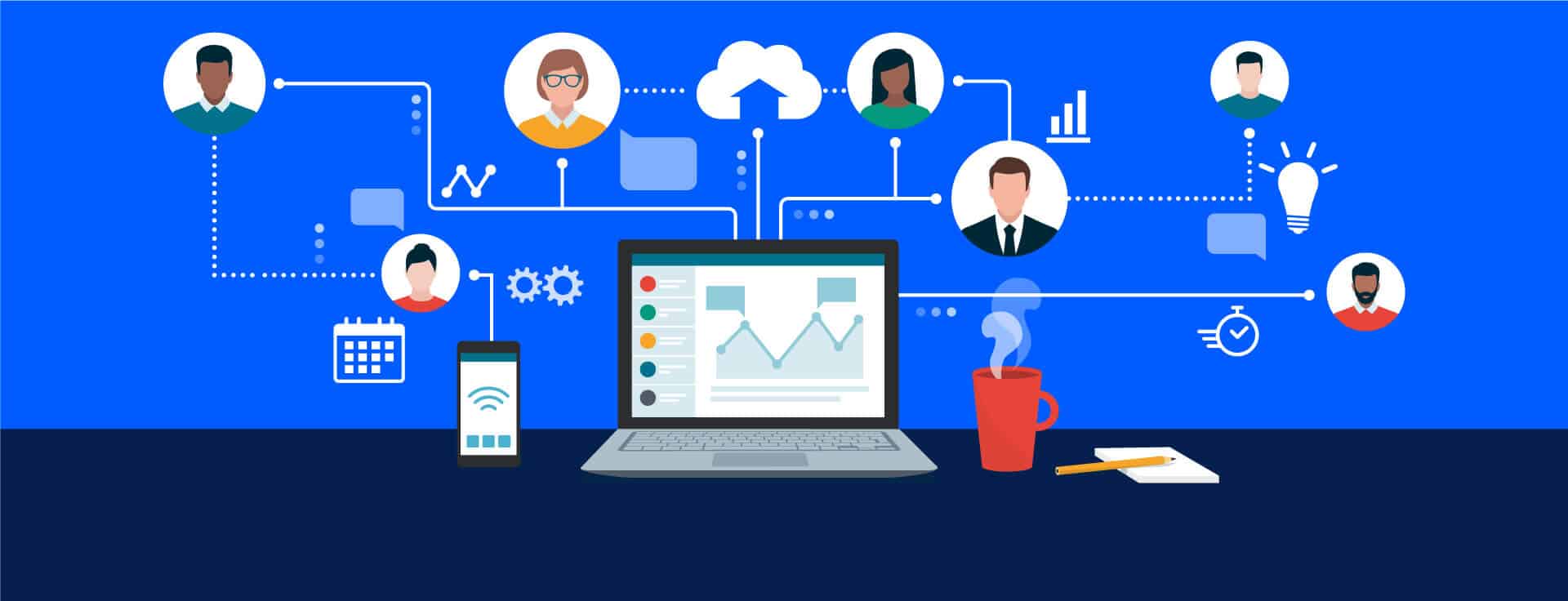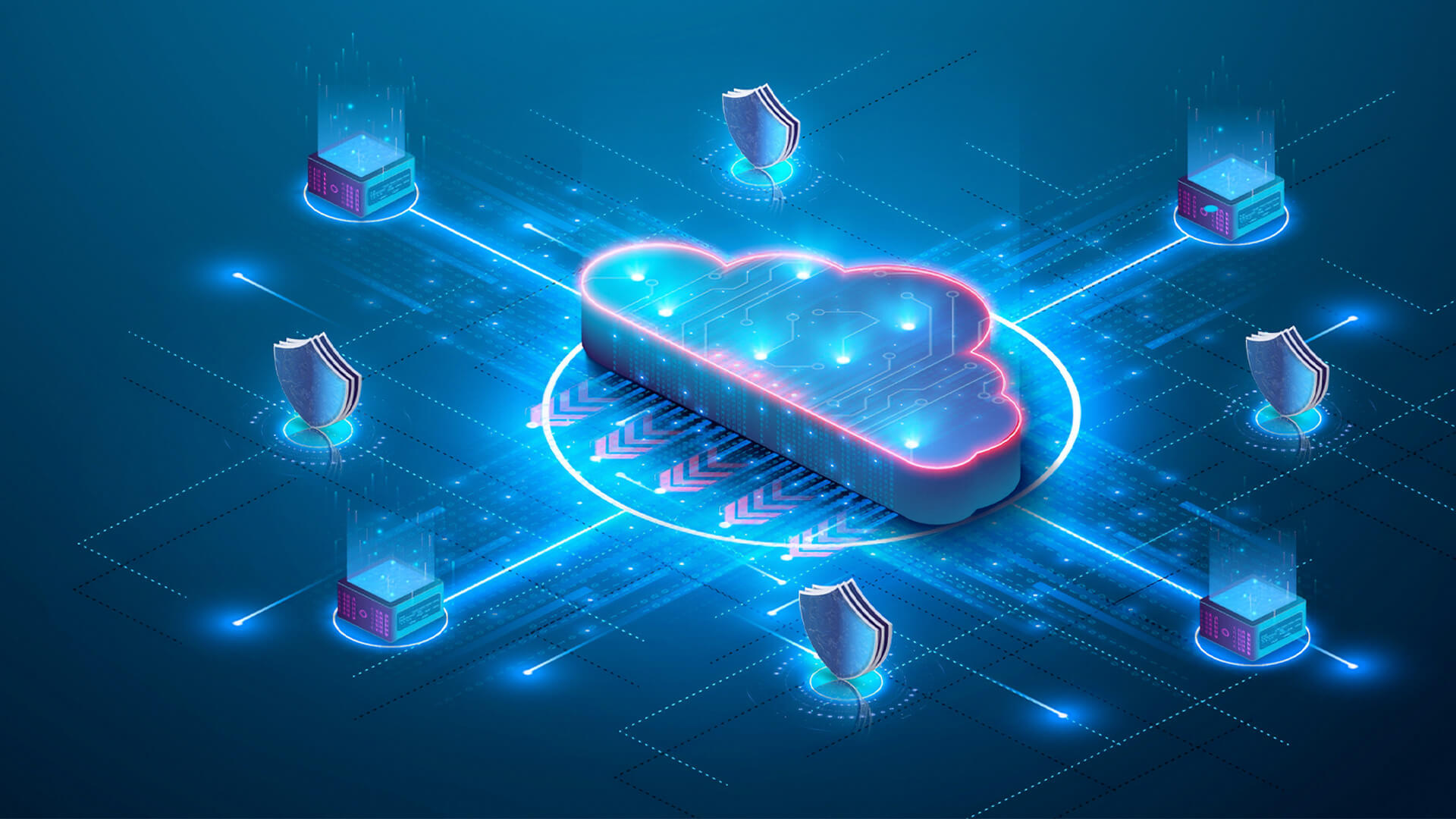The use of Salesforce has expanded rapidly in recent years as the power of the platform has grown, but many businesses have found that the gaps between the Salesforce CRM and their on-premises or cloud-based ERP (often powered by Oracle) create inconsistencies and visibility issues when it comes to customer data access and management.
Table of Contents
In this blog, we’ll explore…
- How your Oracle and Salesforce platforms can be connected
- What you can gain or create by integrating your ERP & CRM
- What the integration looks like, from a process standpoint
- How you can get started on unlocking the benefits of integration
Can you really connect Oracle and Salesforce?
The short and exciting answer is YES! You can, in fact, create an enterprise-wide single source of truth for your operational, marketing, and sales professionals by building live connectivity between an on-premises or cloud-based Oracle ERP and the Salesforce platform.
With that said, you can’t just purchase and download the “Oracle-Salesforce Connector;” it’s a custom integration. That actually makes the opportunity even more exciting, though, because the result is an integrated experience bridging two of business’ best and most powerful platforms with your business’ specific goals and needs in mind.
Benefits of ERP-CRM Integration
When you integrate your ERP and CRM, you demolish inefficient data silos and visibility gaps created by teams in different departments using different tools. This provides a myriad of business benefits, but here are our top five:
- Maximize secure accessibility of customer data across teams
- Enable & access comprehensive customer lifecycle narratives
- Improve data hygiene across your enterprise, eliminating transfer errors
- Streamline data look-up times, improving office efficiency & sales productivity
- Easily extend CRM and/or ERP data to build customer & partner portals
How does ERP-CRM Integration Work?

As we said above, the process varies based on which customer data is business-critical for your operational and sales team, but generally speaking, it’s a four-step integration.
- Business object mapping and transformation rule creation
The first step is to figure out which “objects” or data points you want to extract from each system and what those will be called and how they will be presented in the other system.
In some situations, the object titles may line up, but often, you will need to establish transformation rules so each system can make sense of the data it receives from the other. For example, the data generally referred to as “Sales Order” in Oracle e-Business Suite is simply known as “Order” in Salesforce. Your integration needs to take that equivalency and the transformation necessary to present that same data point in either system into consideration.
- Opening a secure tunnel
Once you’ve mapped fields between the two environments and your backend ERP is established, the next step is to make a secure connection between Salesforce and your cloud-based or on-premises ERP. You need to ensure the two-way flow of data is smooth, so that both core Salesforce users (like your sales team) and core ERP users (like your warehouse/logistics team) get the full experience and value.
- Leverage enriched connection adaptors
With your tunnel in place, you need to create connection adaptors in order to carry out the actual integration between the Salesforce and Oracle environments. These adaptors serve as the base for all future integrations.
- Integrate using microservices
There are many small, specific tasks that your integrated system will need to carry out to provide your organization a single source of truth. For example, attached files will need to be converted in terms of format and customer and financial data points will need to be extrapolated for reporting, billing, etc.
By leveraging microservices architecture, you can create a core group of these essential functions and use them as building blocks to construct your integrated environment rapidly without over-investing time or capital.
… From there, the possibilities are endless! You can extend customer data to Salesforce Experience Cloud to create a secure, omnichannel customer portal, challenge your sales team to increase their productivity by reducing office inefficiencies, or just sit back and watch what happens when you have a truly enterprise-wide approach to customer data and relationship management.
How to Get Started
If you’re looking to connect an on-premises or cloud-based Oracle ERP with your Salesforce CRM or Salesforce Experience Cloud, rSTAR can help! We are an Oracle Platinum Partner who knows ERP Cloud and e-Business Suite like the back of our hands and a Salesforce Partner who specializes in using Experience Cloud to present data in powerful and innovative ways.
We can help you create a vision of your new environment, map your integration, and even build the tunnel and design your microservices. Let’s start a conversation about how you can improve your team’s ability to serve customers and generate business using Salesforce and Oracle.








